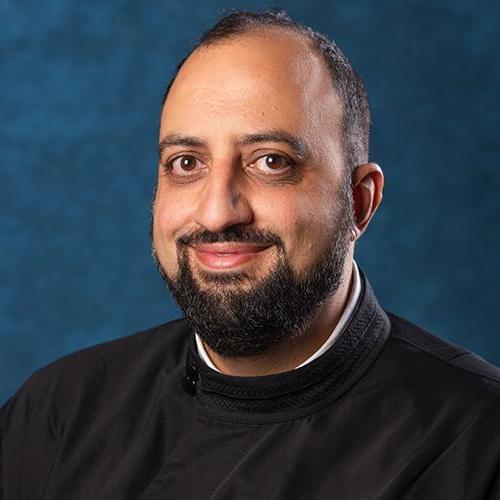计划的细节

Prepare for Success in the SURVE Program
Students in our SURVE program engage in various activities meant to promote an understanding of “science as a vocation” in light of the Benedictine wisdom tradition. Through daily prayer, community 餐, reading & 讨论, 讲座, and the opportunity to attend daily Mass, young men and women can grow in their faith, learn about the nature of science and the vocation of the scientist, and gain research experience that will prepare them for their career goals.
通过检验, students explore the harmony and complementarity of faith and reason and the “integration of knowledge” described in 《立博中文版》 在 本笃会智慧传统. Students also have opportunities to practice the Benedictine motto of “ora et labora” (“pray and work”) through participation in communal prayer and daily Mass. 通过指定阅读, 讨论, interactions with visiting scholars, and participation in volunteer and science outreach activities, SURVE students broaden their perspectives to understand the vocation of the scientist in the wider social, 道德, 精神环境.
Explore the components of SURVE below and reach out to us to get started!





